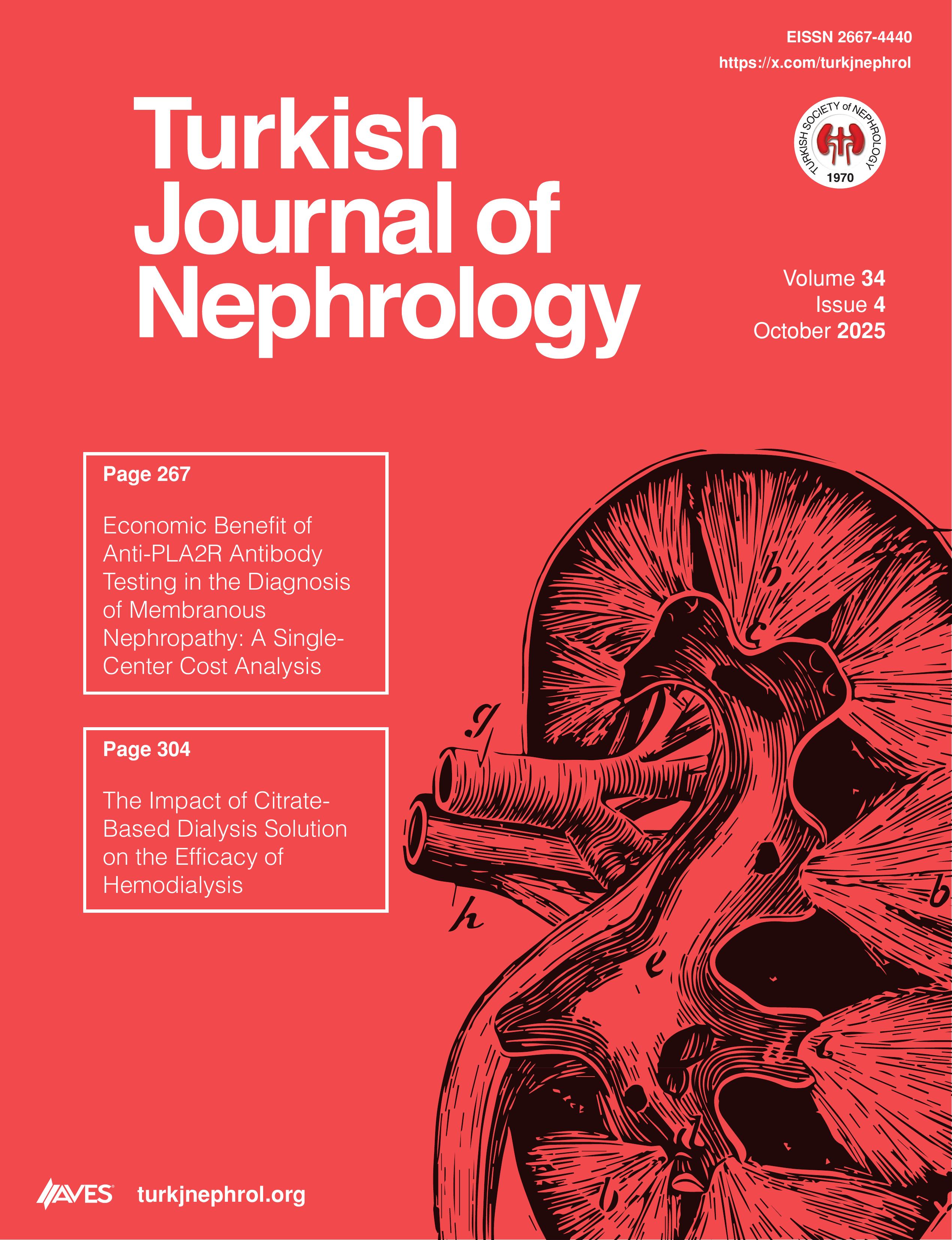Background: Leptospirosis is a common condition that affects people from the tropics. This disease is known to cause severe morbidity and mortality. Acute kidney injury (AKI) is commonly observed in leptospirosis patients. It was previously thought to occur only in severe forms of the disease, also known as Weil’s disease. The current study was conducted to evaluate kidney involvement in leptospirosis in the era of early diagnosis and widespread antibiotic use.
Methods: A retrospective study was conducted over a period of 5 years, including all patients with a proven diagnosis of leptospirosis. The clinical characteristics and kidney involvement were noted in detail. Analysis was done to evaluate the frequency of complications and recovery characteristics of the patients with this disease.
Results: Acute kidney injury was common with leptospirosis and was present in 26.7% of patients; however, hypokalemia and other electrolyte abnormalities were seen only in 17.05% of the total patient population. There appears to be significant progression to chronic kidney disease (CKD) in patients with leptospirosis with 80% of patients who require dialysis during the AKI episode going on to varying stages of kidney failure in the future and 33.3% of patients requiring continuing KRT. Patients with AKI had an increased mortality compared to patients without AKI in leptospirosis.
Conclusion: Leptospirosis continues to be a significant contributor to mortality and morbidity even today. Abnormal electrolytes previously believed to be common in this disease, need not always be present. In view of a high rate of AKI to CKD transition, screening of all patients with AKI and leptospirosis may be recommended.
Cite this article as: Elayaperumal I, Keeppallil KTJ, Jose N, Matcha J. Leptospirosis-associated AKI—still a major burden in tropical countries?. Turk J Nephrol. 2025;34(4):281-288.

.png)

.png)

.png)
